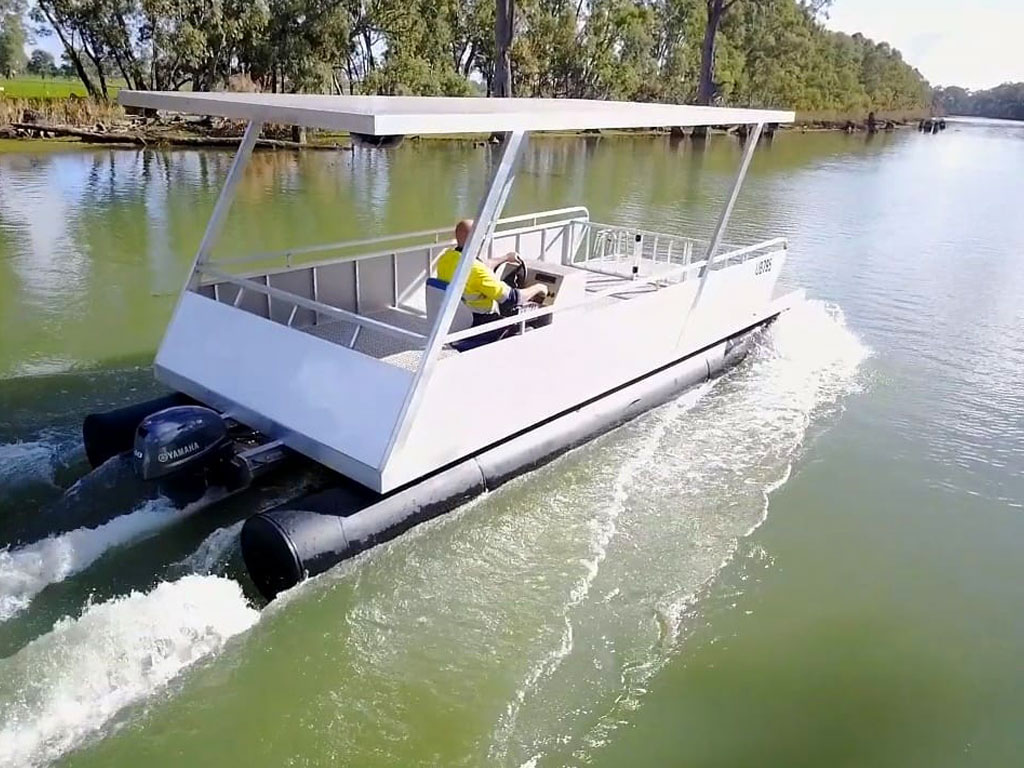Exploring Different Types of Fish Tanks: Freshwater vs. Saltwater
Welcome to our blog post on exploring different types of fish tanks. Today, we will be discussing the key differences between freshwater and saltwater aquariums, as well as providing some tips for maintaining and caring for your fish tank. Whether you are a beginner or an experienced fish keeper, this article will have something for you.
Maintaining a Fish Tank
Maintaining a fish tank is an essential part of ensuring the health and well-being of your fish. Regular maintenance tasks include:
- Cleaning the tank: Regularly remove any debris, uneaten food, and algae from the tank to keep the water clean and clear.
- Monitoring water parameters: Regularly test the water for pH levels, ammonia, nitrites, and nitrates to ensure a healthy environment for your fish.
- Water changes: Perform regular water changes to remove toxins and replenish essential minerals.
- Filter maintenance: Clean or replace the filter media as needed to ensure proper filtration.
- Temperature control: Ensure that the water temperature remains stable within the ideal range for your fish species.
By following these maintenance tasks regularly, you can provide a clean and healthy environment for your fish.
Fish Tank Care Tips
Here are some care tips that apply to both freshwater and saltwater aquariums:
- Choose the right size tank: Make sure to select a tank size appropriate for the number and size of fish you plan to keep.
- Research fish species: Before adding any fish to your aquarium, research their compatibility, behavior, and care requirements to ensure they can thrive together.
- Acclimatize new fish: When introducing new fish to your tank, take the time to acclimate them slowly to minimize stress.
- Provide hiding spots: Incorporate plants, rocks, and other decorations to create hiding spots and territorial boundaries for your fish.
- Feed a balanced diet: Ensure your fish receive a varied and nutritious diet to support their growth and overall health.
Following these tips will help create a suitable habitat for your fish, promoting their well-being and longevity.

Freshwater Aquariums
Freshwater aquariums are a popular choice among fish enthusiasts, especially for beginners. They offer a wide variety of fish species and are generally easier to set up and maintain compared to saltwater aquariums.
Advantages of freshwater aquariums include:
- Cost-effective: Setting up and maintaining a freshwater aquarium is generally more affordable compared to saltwater setups.
- Wide selection of fish: Freshwater aquariums offer a vast array of fish species to choose from, including colorful tropical fish, peaceful community fish, and unique freshwater species.
- Easy to maintain: Due to the lower maintenance requirements, freshwater aquariums are an excellent choice for beginners or individuals with limited time.
- Stability: Freshwater environments tend to be more forgiving to changes in water parameters, allowing for a more stable tank.
However, there are some limitations to consider with freshwater aquariums. These include:
- Less vibrant colors: While freshwater fish can be vibrant and beautiful, they generally don't exhibit the same level of coloration as many saltwater species.
- Less diversity in coral and invertebrates: Freshwater aquariums lack the stunning coral reefs and diverse invertebrates found in saltwater tanks.
- Some species may have specific care requirements: Certain freshwater fish species may still require specific water conditions or specialized care.

Pros and Cons of Saltwater Aquariums
Saltwater aquariums are known for their stunning beauty and the diverse range of fish and coral species they can accommodate. However, they require more advanced care and maintenance compared to freshwater aquariums.
Advantages of saltwater aquariums include:
- Breathtaking beauty: Saltwater aquariums are renowned for their vibrant colors, stunning coral formations, and unique marine life.
- Diverse range of species: Saltwater tanks offer a vast variety of fish, coral, and invertebrate species that can create a captivating underwater world.
- Mimic natural ecosystems: Saltwater tanks aim to replicate the conditions found in the ocean, allowing you to observe marine life in a more natural setting.
Despite the allure of saltwater aquariums, there are some downsides to consider:
- Complex setup and maintenance: Saltwater aquariums require a more intricate setup and maintenance routine, including the monitoring and balancing of water parameters and the need for specialized equipment.
- Higher cost: Setting up and maintaining a saltwater tank can be more expensive due to the need for additional equipment, such as protein skimmers, wave makers, and quality lighting.
- Greater care demands: Saltwater fish and coral species often have specific dietary needs and can be more sensitive to changes in water chemistry, requiring diligent care.
Considering these factors is crucial before diving into the world of saltwater aquariums, especially for inexperienced fish keepers.
Whether you decide to go with a freshwater or saltwater aquarium, both options offer their unique advantages and challenges. It is essential to understand the specific needs and requirements of the fish species you intend to keep, as well as your own level of commitment and experience.
We hope this article has provided you with valuable insights into the different types of fish tanks available, allowing you to make an informed decision based on your preferences and circumstances. Happy fi




